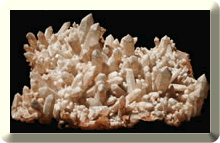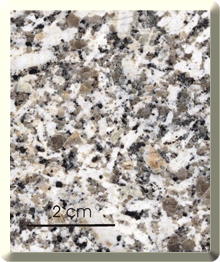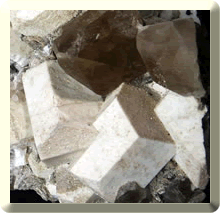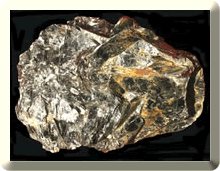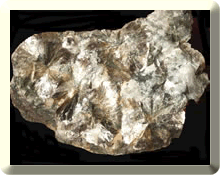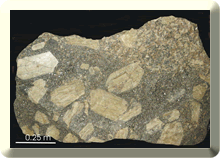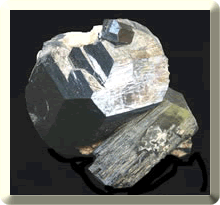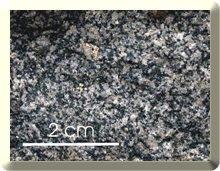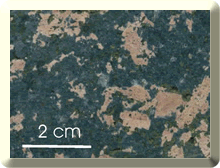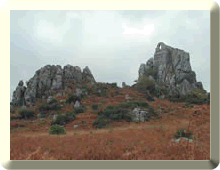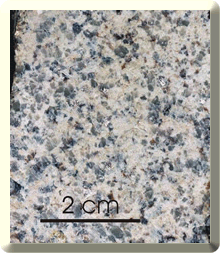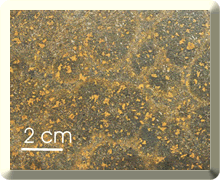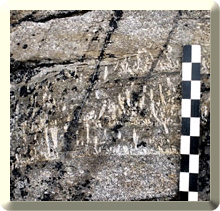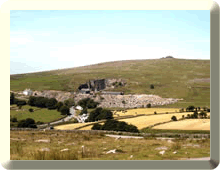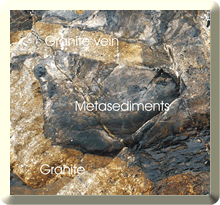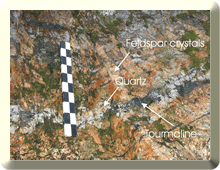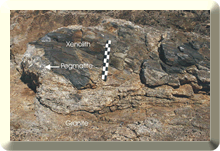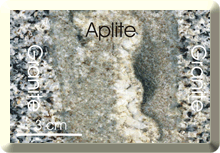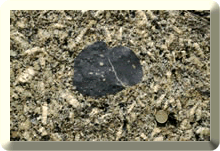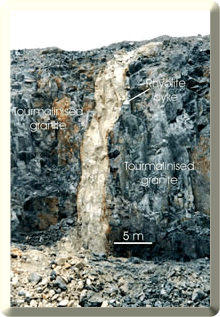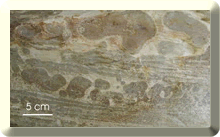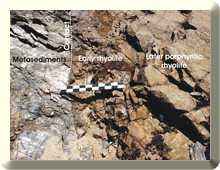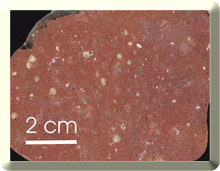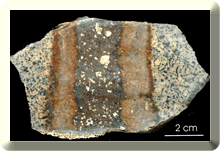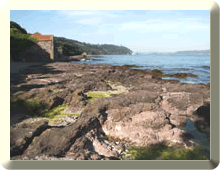
In understanding the major mineralization events in the orefield the nature of the granite emplacement and its form must be understood. The granite is intimately related in that it has been the ‘heat engine', which helped drive the movement of mineralizing fluids and was also the source of some of the fluids (magmatic-hydrothermal).
|
|---|
The granite batholith extends from Dartmoor to the Isles of Scilly, a distance of some 200 km. There are six major plutons (Dartmoor, Bodmin Moor, St Austell, Carnmenellis, Land’s End, and the Isles of Scilly) with associated small satellite stocks (St Michael’s Mount, St Agnes, Cligga Head, Castle an Dinas, Kit Hill, Hingston Down and Hemerdon Ball). The thickness of the batholith has been estimated at 10 km and is the result of multiple intrusions covering a time span from 295 million years to 270 million years. The Eastern end of Dartmoor, Bodmin Moor and St Austell and the western end of Carnmenellis and Land’s End has been disrupted by NW-SE faulting producing an intervening trough of Palaeozoic sediments some 2 km deep. |
|
|
|
|
||||||
|---|---|---|---|---|---|---|---|---|
|
The granite is mainly coarse-grained megacrystic (any grain larger than the ground mass or matrix). Tourmaline is often an accessory mineral and also occurs as a primary mineral which is metasomatic (derived by chemical alteration from fluids/gases from the granite), intrusive, and as a constituent of pegmatites. The granites are not uniform in composition, texture, or grain size. Some specialised granites contain high levels of lithium (Li) in micas. Included in the compostion of the granite are traces of radioactive minerals of uranium (12 to 23 parts per million) and thorium (11 to 17 parts per million), the decay of which has led to radiogenic heat. The granites therefore have an anomalously high heat production and geothermal gradient. |
|
||||||
|
The melting of the crust was possibly due to a combination of crustal thickening during the Variscan Orogeny and later extension. During this period melting occurred in the mantle below resulting in dykes of a more basic composition of basalts and lamprophyres. These were intruded before the granite. As the melting of the crustal rocks continued the melt rose through feeder dykes to form flat sheets or sills above to form the granite batholith in the upper crust up to a high level. |
|
|---|
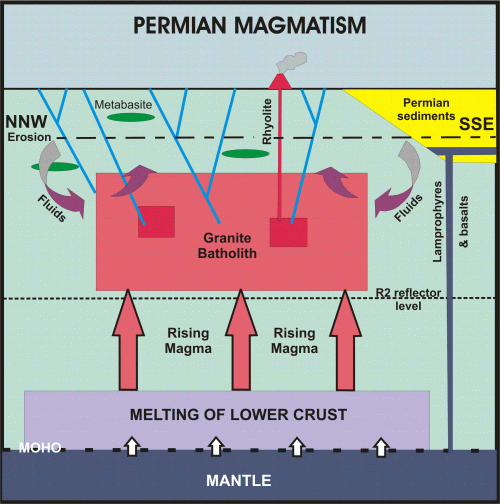 |
|---|
After Shail, 2001. |
The melt was enriched with volatile and other elements such as lithium (Li), boron (B), chlorine (Cl), fluorine (F), uranium (U), thorium (Th), tin (Sn), tungsten (W), copper, (Cu) and rare earth elements (REE’s). The granites rose more as a crystal ‘mush’ rather than a liquid and later reheating by internal radiogenic decay lead to further melting to produce other pulses of magma. Granite bodies are therefore the result of multiple intrusions and internal contacts are often marked by pegmatites known as stockschieder. |
|
|
Contacts between the granite and country rocks are sharp and the thermal metamorphic aureole extends for some 1-3 km from the contact. Granite is exploited for road stone and dimension stone. |
|
|
|
|
|---|
|
|
|
|---|
This site was last updated on
Monday, January 15, 2007 3:55 PM
.
Webmasters : Simon Camm & Paul
Hedley
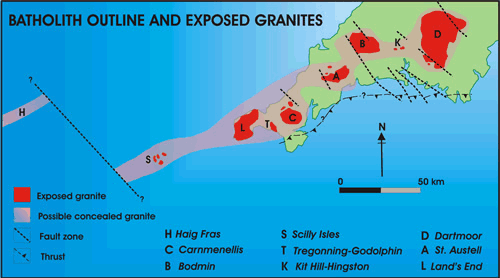 After Bott et al., 1964.
After Bott et al., 1964.